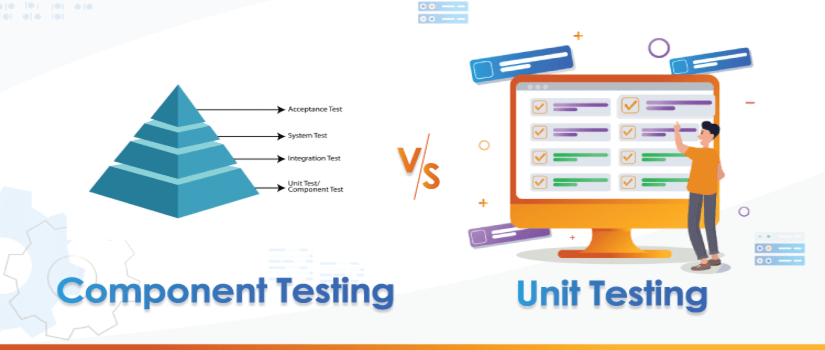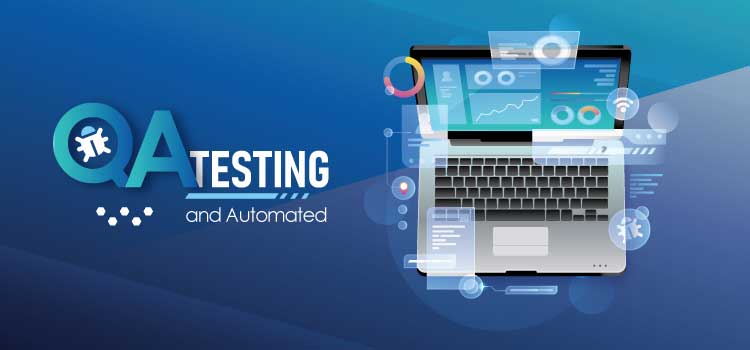The Electronic Medical Records Systems industry designs, develops, implements and supports Electronic Medical Records (EMR) and Electronic Health Records (EHR) systems. EMR and EHR systems are digital replacements for traditional paper and file medical records systems used by hospitals, physician practices, urgent care centres and ambulance services.
Electronic medical records, managed with EMR Software, have revolutionized the way patient records are recorded and processed.
Electronic health records (EHRs) provide accurate and complete information about patients, reducing health care costs, and enhancing privacy and security of patient data. Not only this but EHRs also allow physicians to obtain access to current medication lists, allergies, and laboratory results, which may facilitate quality of care. The Health Information Technology for Economic and Clinical Health Act provides financial incentives to eligible providers using a certified EHR system. In 2010, the Office of the National Coordinator for Health Information Technology (ONC) began certifying EHR systems based on their ability to meet the meaningful use criteria. In 2015, a federal plan to support information sharing and enhance the country’s health information technology infrastructure was published.
Types of Electronic Medical Records (EMR)
• Comprehensive EMRs
• Basic EMRs with clinical notes
• Basic without clinical notes
Percent of office-based physicians using any EMR/EHR system: 85.9%Total Revenue in 2019 for the EMR industry was reported $11bn. Annual growth seen from 2014 to 2019 is 4%.
According to a Survey, nearly all U.S. Hospitals Use EHRs, CPOE Systems. Ninety-nine percent of hospitals across the country now use electronic health record systems (EHRs), compared to about 31 percent in 2003.
The companies holding the major shares of this industry in the United States are as follows:
• Epic Systems Corp
• Center Corporation
• Allscripts Healthcare Solutions
• CureMD
• eClinicalWorks
• GE Healthcare
• Cerner
• Practice Fusion
• Athenahealth
Problems That Come With EMR
A medical record of a patient is quite important for the care as it lays out the patient history in the medical/health system. Medicine has been moving forward into the advanced technology yet the industry still struggles with the record keeping.
1. Providers’ Reluctance
Physicians do not like EMRs and they have their own reasons for it.
According to Kimberly Reich, Privacy and Compliance Officer for Lake County Physicians, “Cost continues to be the most significant and major barrier that affects healthcare practitioners from adopting EMR.” While large hospitals can foot the bill for a system that costs thousands (or hundreds of thousands) of dollars, the price point of many EMRs continues to be prohibitive, especially for small practices.”
Jeff Riggins, Health IT expert and digital media consultant at Drury University, sums up the issues with current EMR nicely:
“Sadly, most EMR software is terribly inadequate. They were built on obsolete platforms with little thought dedicated to user experience. Most EMR packages started as billing systems slowly adding clinical components to gain market share. The design phase was largely overlooked as the functionality of the system was all the government had created guidelines for. This is why physicians complain they have to click 30 times to give a patient a sleeping pill.”
Physicians/Providers find it difficult to use due to an unfriendly user interface, technical design, data presentation, and difficult navigation making them cumbersome and time-consuming. This increased provider time results in low productivity and increases the frustration, hence reluctance comes in adopting the change in their daily routine system.
The combination of excessive documentation expectations and poor UX result in physicians being overburdened and burned out. Burned out physicians, nurses and other staff seek ways to legitimately reduce their data entry workload, resulting in mistakes or cutting corners.
2. Lack of Standardization
EMR Optimization requires continuous modifications and improvements to meet the needs of the Healthcare IT Service providers and lack of standards is a hindrance. It is causing problems with the inoperability, clinical efficiency, and transitions of care.
3. Reporting Requirements
Organizations are still facing a challenge with the increased and complex reporting requirements which, in turn, is increasing the amount of time physicians spend working with these systems to fulfil the government/federal requirements.
4. Security Concerns
A major reason is the confidentiality threat against the healthcare data. A patient medical record is very sensitive and privacy is a primary concern of the patients. Data breaches in the Health sector have resulted in a decrease in a patient’s trust.
Areas of Improvements in EMR
EMRs are expensive and many health practices cannot afford it. Large Medical Practices and Hospitals can afford to go for implementing EMR but for smaller practices, it is an uphill task.
Integration is another key issue. Lack of ability of one EMR to talk to other EMR system causes a problem when a hospital needs records from outpatient practices to get his clear picture of health history. Absence of data sharing standards, along with organizations engaging in data blocking, have created problems for patients who seek care from multiple organizations.
Searching through data within an EMR system is painful. There needs to be more ease of use in terms of navigating through data.” Despite how advanced general technology has become, EMR seems to be lagging behind in user-friendliness and ease of use.
Usability improvement can lead to provider satisfaction, in turn, increasing productivity and reduce frustration. The system being developed must be beneficial to the users and must not be time-consuming.
Health data standards need to be streamlined to maintain the consistency across the facilities ensuring the efficient use of the systems, provider communication, and health data exchange. This will help minimize the physician burden as well.
Reasonable mechanisms should be in place to ensure the security of the data that will uplift the public trust.
Improvements will result in:
• Patient Access Enhancement
• Unified Standards
• Centralized Database
• Simplified and Efficient Documentation
• Precise Medications/Treatments will be practiced
• Increased Patient Engagement
EMR Future
Medical Record of a patient can be accessed anywhere anytime saving time and preventing wrong medications/treatments for the current situation of the patient. It also benefits the larger population by providing information to the researchers for the enhancement of clinical research.
Growing competition in healthcare tech space will for sure urge the existing big players to work on the areas that need attention for improvement. Apple, Google and Amazon are all entering the tech healthcare space. Their strong presence will shake the industry giants to improve upon innovation.
A big improvement in UI/UX of EMRs, their seamless integration with other EMRs, and easy to navigate through an EMR system with easy access to data within an EMR will be the key components of EMR future.
The waves say that the organizations will be expected to develop a system that provides integrated interfaces for both providers and patients. Healthcare officers need to be able to communicate with each other and share the patient information quickly, easily, and securely. Improved voice recognition and artificial intelligence might step in to streamline the tedious data-entering.
Soft Tech Group, Inc. provides strategy, planning, management, and implementation consulting services in the area of health information technology. We help physicians select and implement Electronic Health Record systems (EHRs) and Electronic Medical Record systems (EMRs). We have the required experience and skills to cater to your needs regarding EMR/EHR, Healthcare Information Exchange, Data Migration, Data Mapping, Healthcare IT as SaaS etc.
Get in Touch Now to learn about many automation and transformation processes/options that can take your practice to the next level.











